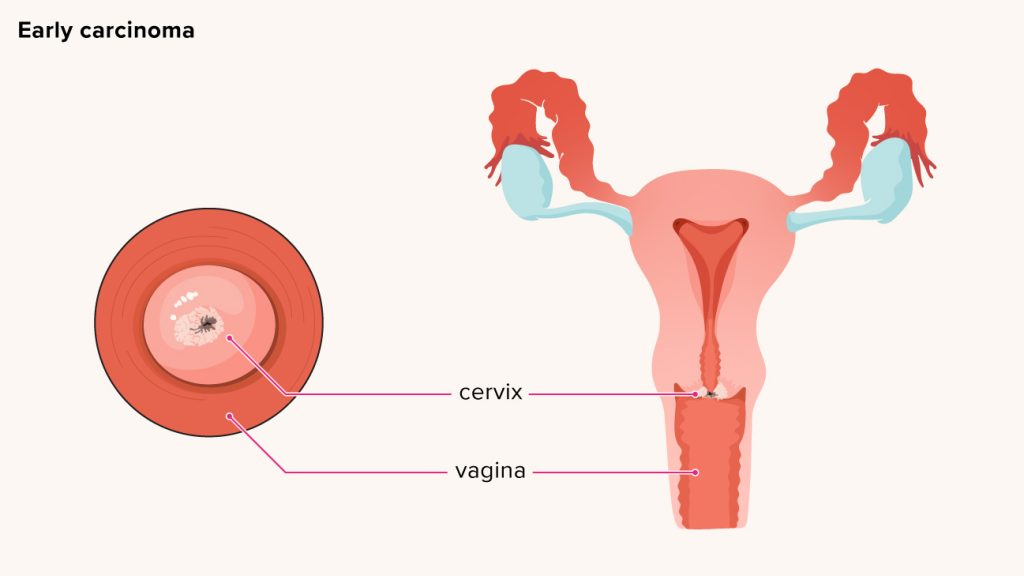
Cancer of the cervix or cervix
Cervical cancer is a type of cancer that originates from a change in the cells of the cervix. It is slow and progressive; its signs can occur 15 years before its development. It is usually related to the Human Papillomavirus (HPV) that has a viral persistence for years.
That generates a dysplasia, neoplasia, or injury that promotes the change of cells in the neck uterine.
Generally, this cancer occurs in women between the ages of 35 and 44. However, the average diagnosis occurs in women of 50 years. 20% of women diagnosed with cervical cancer in the United States are around 65 years old. Cancer is a disease characterized by abnormal cell growth; this growth can be affected by external agents.
The cervix or cervix is located between the beginning of the uterus and the end of the vagina. The cervix has a barrier function to protect the other organs of the female reproductive system, such as the uterus, fallopian tubes, and ovaries, from viruses and bacteria.
It also has a small opening through which fluids such as blood from the menstrual cycle pass and, when a woman is in labor, the cervix dilates or expands to the point of reaching almost the same size as the uterus. This is about 2.5 centimeters.
The Human Papilloma Virus (HPV) is a sexually transmitted infection through oral and genital contact. This virus is made up of different strains that are recognized by the HPV number. The man is the one who transmits the virus, and the woman receives it. The types of HPV related to cervical cancer are numbers 16, 18, which cause 80% of cancers, and type 31, 33, 45, 52, and 58 viruses.
Prevention
For prevention and diagnostic studies, it is essential to avoid, days before, sexual intercourse, the use of douches, tampons, and the menstrual period. Two types of procedures are performed:
- Colposcopy is achieved through the colposcope, an instrument that is used to see the cervix closely.
- Pap smear or cervical cytology: it is the extraction and study of some cells from the cervix.
- Vaccine: it is a prevention method that consists of applying HPV in small amounts so that the body recognizes it and can fight it in the event of an infection.
Symptoms
- Bleeding between periods
- Pelvic pain
- Bleeding after menopause
- Watery vaginal discharge
- The different and fetid smell
- Lack of appetite and weight loss
Types of cervical cancer
Squamous cell carcinoma: this type of cancer is the most common and originates in the lower part of the cervix, near the vagina, or in the middle of the cervix, endocervix. It is characterized by abnormal growth of squamous cells.
Adenocarcinoma: is cancer that occurs in cells that secrete substances in the cervix, called epithelial cells.
Adenosquamous: it is the combination of the two types of cervical cancer
Treatment
Stage one: creams and gels that improve the immunity of the cervix.
Stage two and three: vaporization with radiofrequency and laser.
Stage four: chemotherapy, radiation therapy, and surgery to remove infected organs.
Risk factors
- Use of medications for the prevention of miscarriages.
- Weakened immune system
- Unprotected sex.
- Smoking
- Drug-exposed sexual partners and multiple partners.
- Starting sex at an early age
- multiple deliveries.
- chlamydia
- Contraceptive methods are not risk factors, and neither is family history.
